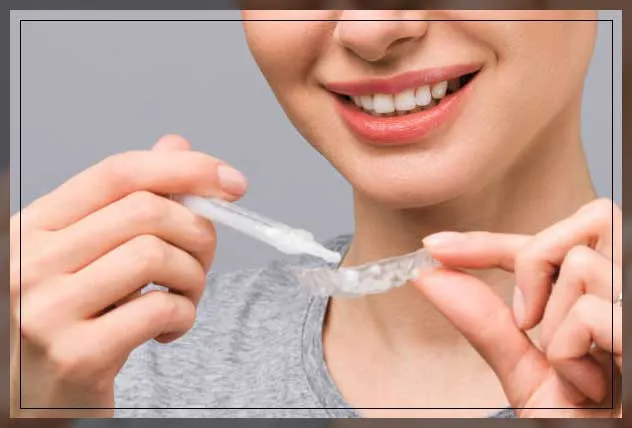Understanding Teeth Whitening Gel
Teeth whitening gels are designed to brighten your smile by removing stains and discoloration from the surface of your teeth. These gels typically contain bleaching agents, most commonly hydrogen peroxide or carbamide peroxide. The active ingredient in these gels penetrates the enamel, breaking down the stain-causing molecules. This process results in a lighter, brighter appearance for your teeth. Understanding how these gels work, their different types, and the factors influencing their effectiveness is crucial for achieving the best results and ensuring the safety of your teeth and gums. Proper application and adherence to recommended durations are essential to prevent any potential adverse effects.
Types of Teeth Whitening Gels
Teeth whitening gels vary primarily based on their active ingredients, namely hydrogen peroxide and carbamide peroxide. The concentration of these ingredients significantly impacts the gel’s effectiveness and the duration for which it should be applied. Each type of gel has its own set of instructions and is suitable for different levels of staining and sensitivity. It’s also worth noting that these gels come in various forms, including those used with custom-fitted trays, strips, or brushes, each designed to ensure effective and even distribution of the whitening agent across your teeth. Knowing the differences between these gels is important to choose the right product and achieve desired whitening results.
Hydrogen Peroxide Gels

Hydrogen peroxide is a common active ingredient in professional teeth whitening treatments. Its high concentration delivers quick and noticeable results by rapidly oxidizing stain molecules. These gels are often used in dental offices for in-office whitening procedures where the dentist can closely monitor the application and ensure safety. Due to the high concentration, these gels typically require shorter application times compared to other types of whitening products. This makes it very important that the dentist applies this gel following strict guidelines and professional standards. Although effective, hydrogen peroxide gels can sometimes cause greater sensitivity, so it’s crucial to follow the instructions and guidelines provided by your dentist.
Carbamide Peroxide Gels
Carbamide peroxide is another frequently used bleaching agent, commonly found in at-home whitening kits. When carbamide peroxide breaks down, it releases hydrogen peroxide, providing a slower, more sustained whitening action. The concentration levels in these gels vary, allowing for customizable treatments based on individual needs and sensitivity. Generally, these gels are less potent than their hydrogen peroxide counterparts, making them suitable for a wider range of users, including those with sensitive teeth. However, it may take longer to achieve visible results using carbamide peroxide gels, as the whitening process is gradual and needs to be consistent for the best outcome. Always carefully read the instructions and use the appropriate duration to minimize any potential side effects.
Factors Affecting Whitening Gel Duration
Several factors can influence how long you should keep teeth whitening gel on your teeth. The type and concentration of the gel, the level of existing staining, and your teeth’s sensitivity play critical roles in determining the optimal duration. Overuse can lead to increased tooth sensitivity and gum irritation, while underuse may not produce the desired whitening effect. Thus, it is very important to take into account the product you have, your personal characteristics, and the advice of your dentist. Moreover, your lifestyle and oral hygiene habits contribute to the overall effectiveness and the longevity of the results. Adjusting your usage according to these elements ensures a safe and effective whitening experience.
Gel Concentration
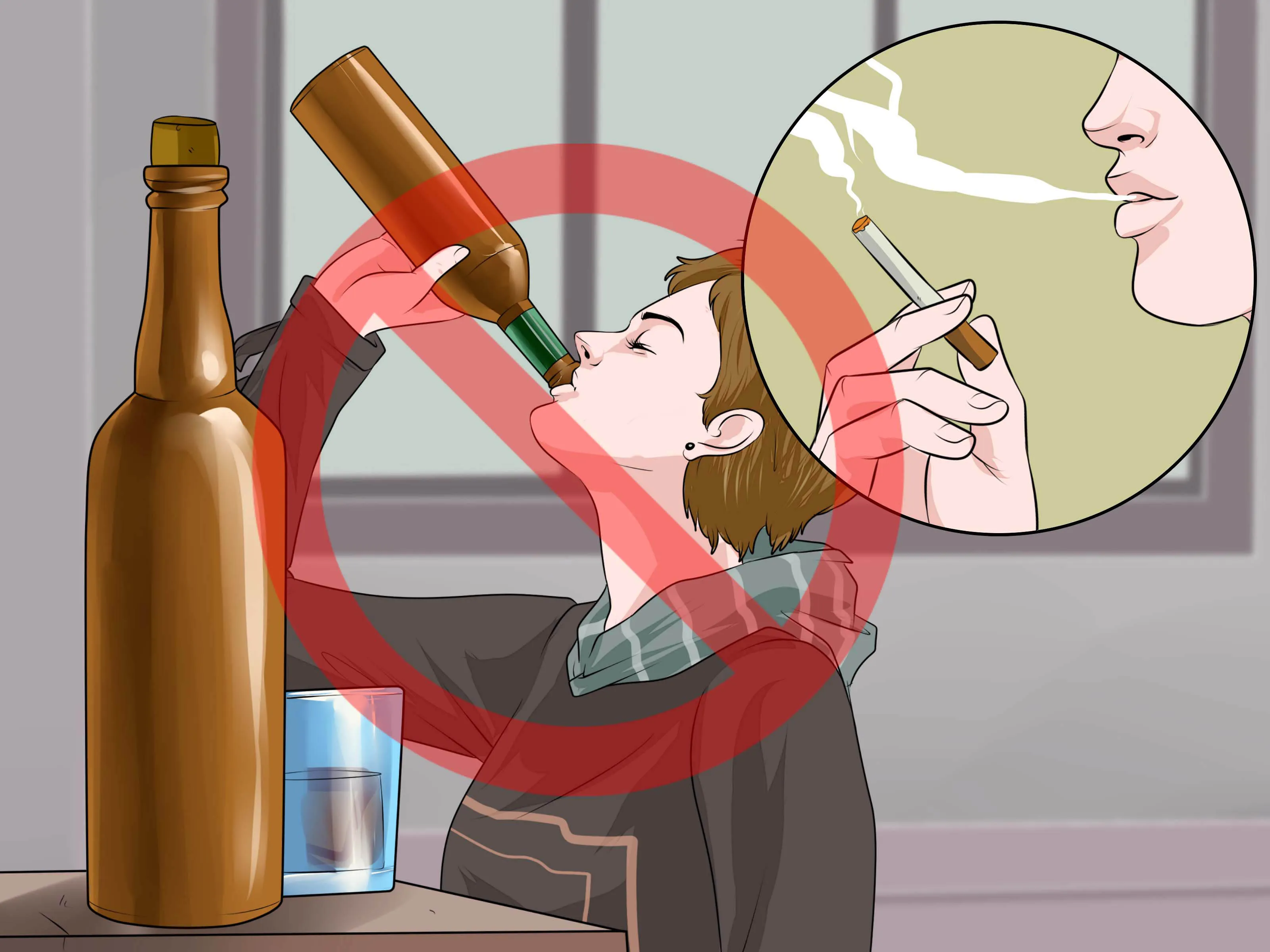
The concentration of the active ingredient in the whitening gel directly affects its potency and the required application time. Gels with higher concentrations of hydrogen peroxide or carbamide peroxide generally work faster but may increase the risk of tooth sensitivity and gum irritation. In contrast, lower concentration gels are less likely to cause sensitivity and are often used for longer durations. The recommended application time varies depending on the concentration and the specific product instructions. Following these guidelines prevents potential issues such as excessive sensitivity or disappointing results. Always start with the lowest concentration if you are unsure and consult your dentist for any clarification.
Tooth Sensitivity
Tooth sensitivity is a common side effect of teeth whitening. The duration you keep the whitening gel on your teeth can significantly impact the level of sensitivity you experience. Over-application can exacerbate sensitivity, causing discomfort and pain. If you experience sensitivity, it is essential to reduce the application time or frequency, or consult your dentist for specific advice. Using desensitizing toothpaste containing potassium nitrate can also help to alleviate this issue. Moreover, ensuring that your gums are properly protected during the whitening process can minimize sensitivity. Proper handling of sensitivity is essential to have a comfortable whitening experience.
Staining
The degree of staining on your teeth also influences the duration for which you should apply the whitening gel. Teeth with significant staining may require longer application times initially, as it will take more effort to remove the stains. However, it is critical not to exceed the recommended duration, regardless of how stained your teeth are, as overuse can lead to increased sensitivity and potential damage to your enamel. For particularly stubborn stains, professional whitening treatments supervised by a dentist may be more effective and safer. The whitening process often requires incremental applications, and assessing the progress regularly can help avoid over-treatment. Be sure to take into account the type of stains you have and their source, as this might help you determine how to proceed.
Top 5 Facts About Whitening Gel Duration
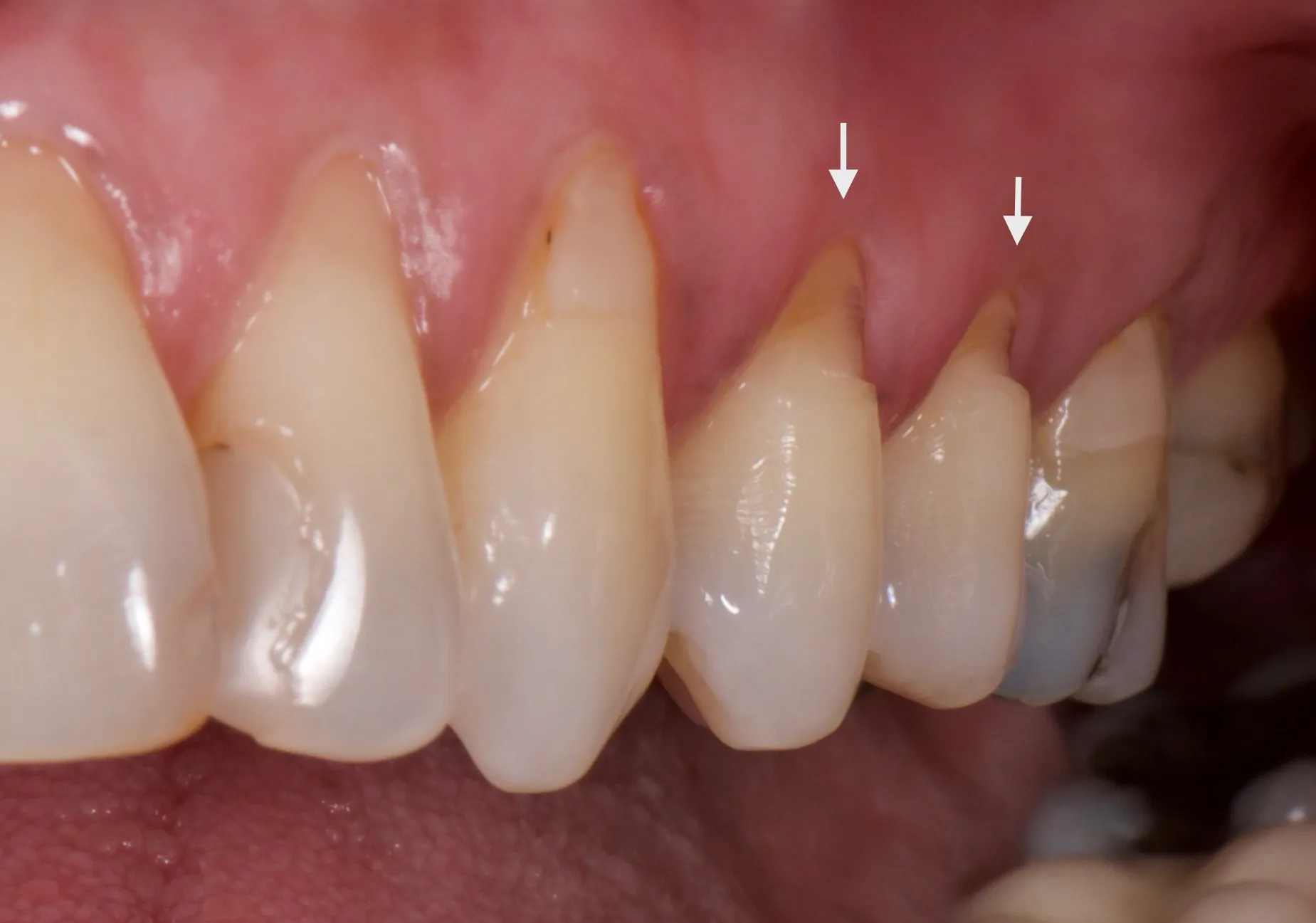
Fact 1 Optimal Time
The optimal time to keep whitening gel on your teeth varies depending on the gel concentration and the manufacturer’s instructions. Following these guidelines is essential to ensure both effectiveness and safety. Generally, gels with lower concentrations can be used for longer periods, while higher concentration gels need to be applied for shorter durations. For example, at-home whitening kits might instruct users to apply the gel for 30 minutes, whereas professional treatments might involve shorter, more intense sessions under dental supervision. Adhering strictly to the recommended time prevents adverse effects and enhances the whitening result. Always refer to the product information and heed any instructions or advice from your dentist.
Fact 2 Avoiding Overuse
Overuse of whitening gel is a significant risk factor for tooth sensitivity and gum irritation. Applying the gel for longer than the recommended time does not necessarily result in a brighter smile; instead, it increases the likelihood of adverse side effects. It is crucial to stick to the prescribed application duration, even if you don’t see immediate results. Overusing the gel can also cause enamel damage, increasing the risk of cavities and other dental issues. If you experience sensitivity or irritation, discontinue use immediately and consult your dentist. Remember, patience and adherence to the instructions are key to a safe and effective whitening experience. Be sure to review the label to avoid using the product more than suggested.
Fact 3 Sensitivity Management
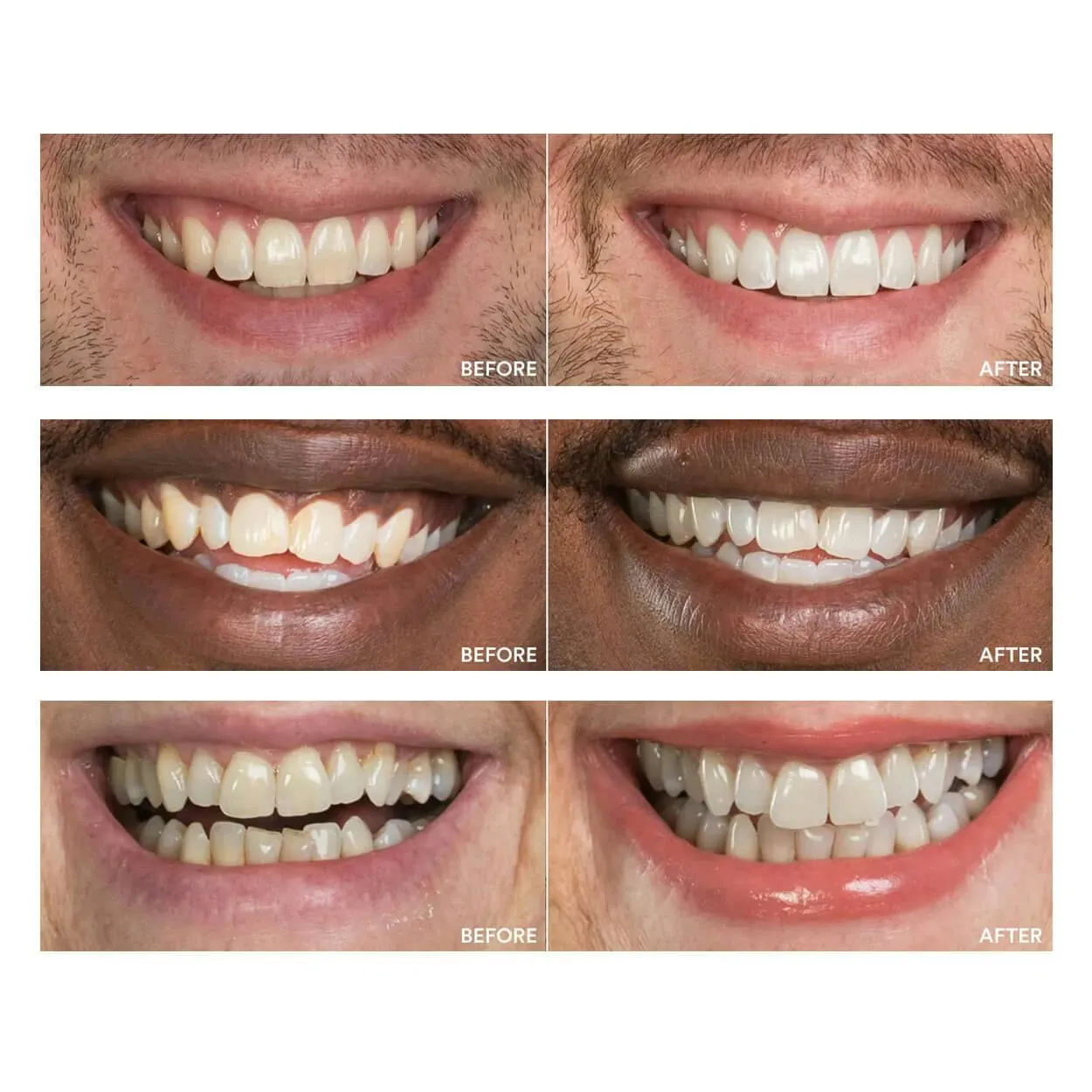
Managing tooth sensitivity is an essential aspect of the teeth whitening process. If you experience sensitivity, there are several steps you can take to minimize discomfort. First, reduce the application time or frequency of the gel. Using a desensitizing toothpaste containing potassium nitrate can help block the pain signals to the nerves in your teeth. Moreover, ensuring proper gum protection during the whitening process is critical to prevent irritation. Your dentist can also provide specialized treatments, such as fluoride applications, to strengthen your enamel and reduce sensitivity. If sensitivity persists, it’s important to consult your dentist immediately for personalized recommendations.
Fact 4 Post-Treatment Care
Post-treatment care is just as crucial as the whitening process itself. After using whitening gel, it is vital to avoid foods and drinks that can stain your teeth, such as coffee, tea, red wine, and dark-colored berries. Maintaining good oral hygiene by brushing twice a day and flossing daily helps remove surface stains and prolong the whitening results. Using a whitening toothpaste can also help maintain the brightness of your teeth. It is also recommended to schedule regular dental check-ups and cleanings to assess and maintain your oral health. Proper care ensures your teeth remain bright and helps preserve your investment in a beautiful smile.
Fact 5 Consulting Your Dentist
Consulting your dentist is vital before and during teeth whitening treatments. Your dentist can assess your oral health, identify any underlying issues, and recommend the best whitening approach based on your individual needs. They can also provide professional treatments, monitor your progress, and address any concerns regarding sensitivity or irritation. A dentist can provide guidance and adjust the treatment plan as needed, ensuring optimal results while prioritizing your oral health. If you have dental work, such as fillings or crowns, discuss with your dentist whether the whitening process is appropriate. They can also help you avoid complications and maintain a healthy, beautiful smile. A dentist visit can significantly improve the overall outcome of your teeth whitening and give you peace of mind.
Conclusion
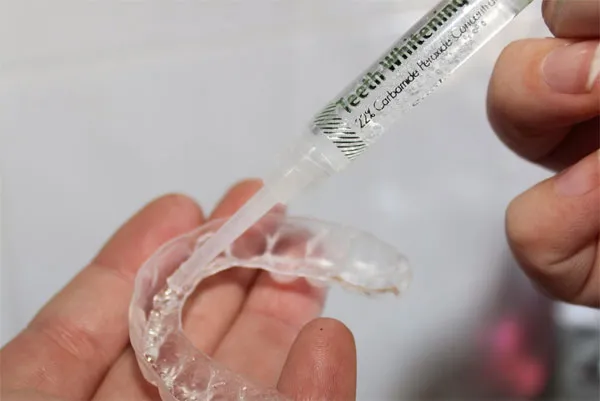
Achieving a brighter smile through teeth whitening is a rewarding experience. However, understanding the proper duration and the related factors is crucial for ensuring a safe and effective process. Always follow the instructions, monitor your teeth’s response, and prioritize your dental health. By understanding the types of gels, the influencing factors, and the key facts about the duration, you can enhance your smile and maintain the health of your teeth. If you have any doubts or concerns, consult your dentist for personalized advice and recommendations. Proper management, diligence, and a dentist’s expertise will give you the best possible outcome. With informed choices and the right approach, you can achieve your desired results and enjoy a confident, radiant smile.
